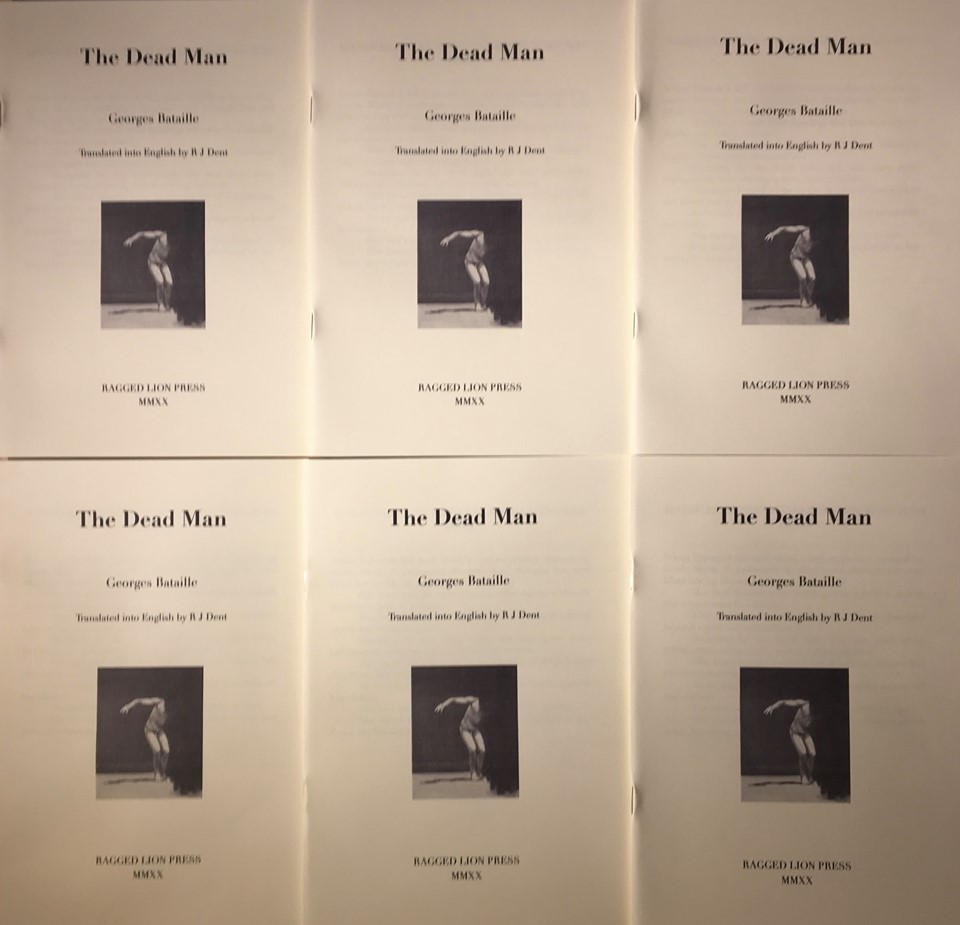
A review by R J Dent
The Love Song of Daphnis and Chloe
by Nigel Humphreys
Edited by Catherine Edmunds
Published by Circaidy Gregory Press
ISBN: 9781906451882
Daphnis and Chloe (Greek: Δάφνις καὶ Χλόη, Daphnis kai Chloē) is the only known work of the 2nd century AD Greek novelist, Longus.

The Love Song of Daphnis & Chloe began when Nigel Humphreys read George Thornley’s 1670 English translation of Longus’ Greek novel, Daphnis and Chloe, written on Lesbos.

Nigel Humphreys became obsessed with the task of re-interpreting Longus’ pastoral romantic novel into an epic modern poem that would appeal to twenty-first century readers and retain the beauty, charm, romance and humour of the original.

First and foremost, The Love Song of Daphnis & Chloe is the story of a boy (Daphnis) and a girl (Chloe), each of whom is exposed at birth along with some identifying tokens. A goatherd named Lamon discovers Daphnis, and a shepherd called Dryas finds Chloe.

Each decides to raise the child he finds as his own. Daphnis and Chloe grow up together, herding the flocks for their foster parents.
And so it was preordained –
decreed by divine intercession –
that they raise them as their own.
And having shared their dreams…
they introduced their children
to their work as herdsmen…

Inevitably, Daphnis and Chloe fall in love, but being naïve, do not understand what is happening to them.
Yet among them Daphnis
was unable to settle since
he had seen Chloe naked,
honeyed, tender, scented
and more lovely than Venus
in all her sensuousness.
Philetas, a wise old cowherd, explains to them what love is and tells them that the only cure is kissing. They do this.
All they saw was that kisses
had endangered Daphnis
and day-dreaming Chloe
in that mazy month of May.
Eventually, Lycaenion, a woman from the city, educates Daphnis in the skills of love-making.

And so Lycenia…
finding him primed and greedy,
slipped slickly beneath him
and shepherded his limbs
to where they longed to be.
What followed came naturally…
Throughout the book, Chloe is courted by suitors, two of whom (Dorcon and Lampis) attempt with varying degrees of success to abduct her. She is also carried off by raiders from a nearby city:

Yet Chloe was with her herd
and fled from the invaders
to the Nymphs’ Cave begging
them to spare her and her kin
in the name of the Goddesses.
And she is only saved by the intervention of the god Pan.
Oh, you most cruel dissolute
of mortals! … restore
Chloe to the Nymphs with all
her flocks. Awake therefore
and send the maiden ashore
with her sheep and goats,
and I will steer her home,
and guide her to her lands.
The story concludes with both Daphnis and Chloe being recognized by their birth parents, after which, the couple get married and happily live out their lives in the country. On their wedding night:
… the stars,
moon and planets hurrahed.
The married pair were squired
to their room in rush light
by pipes and flutes, and Daphnis
lay with Chloe skin against skin.
Cuddling tightly and kissing,
entwining and twisting…

Nigel Humphreys’ The Love Song of Daphnis & Chloe is a beautifully written modern epic version of an Ancient Greek classic. Humphreys has taken Longus’ prose and given us a delightful poem of incredible warmth, wit and wisdom.
From the back cover:
Bucolic shenanigans on the Island of Lesbos

Poet Nigel Humphreys has done something unique and surprising with the ancient text of Daphnis & Chloe, taking a rambling 2nd century prose narrative and transforming it into an epic poem in the oral tradition of Ancient Greece.
Daphnis & Chloe is complemented in this edition by five new Daffyd ap Gwylim translations, which Humphreys has returned to the original cywydd form in order to recapture the colour and humour of the 14th century Welsh troubadour poet.

THE LOVE SONG OF DAPHNIS & CHLOE
by Nigel Humphreys
Edited by Catherine Edmunds
Published by Circaidy Gregory Press.
ISBN: 9781906451882

Follow Nigel Humphries:
Website:
http://nigelhumphreyspoet.webs.com/daphnis-and-chloe-2015
Circaidy Gregory Press:
http://www.circaidygregory.co.uk/nigel_humphreys.htm
Amazon:
https://www.amazon.co.uk/Love-Song-Daphnis-Chloe-Dafydd/dp/1906451885












































